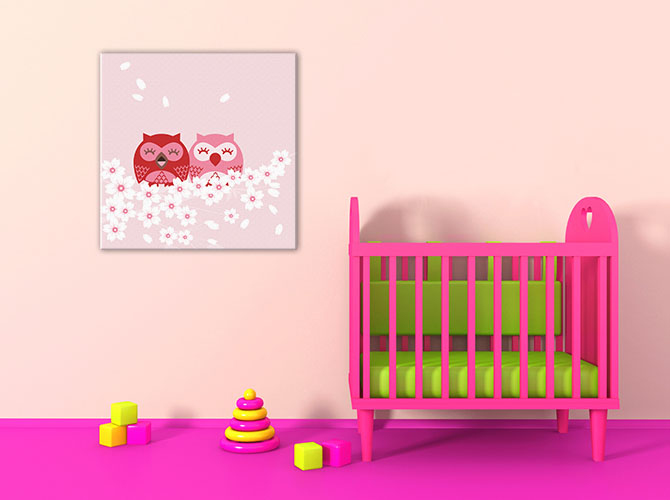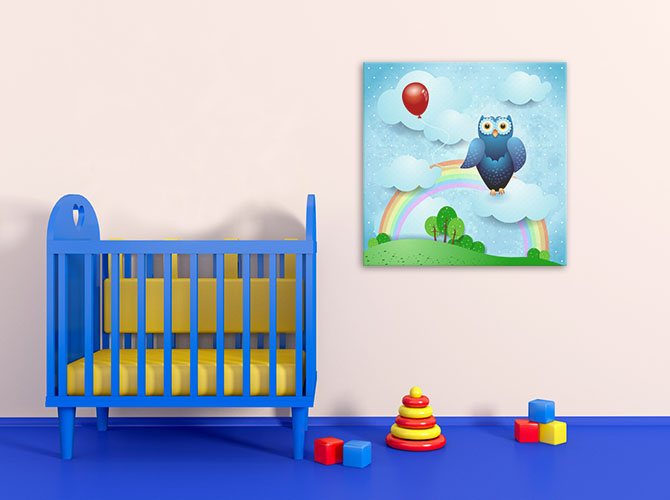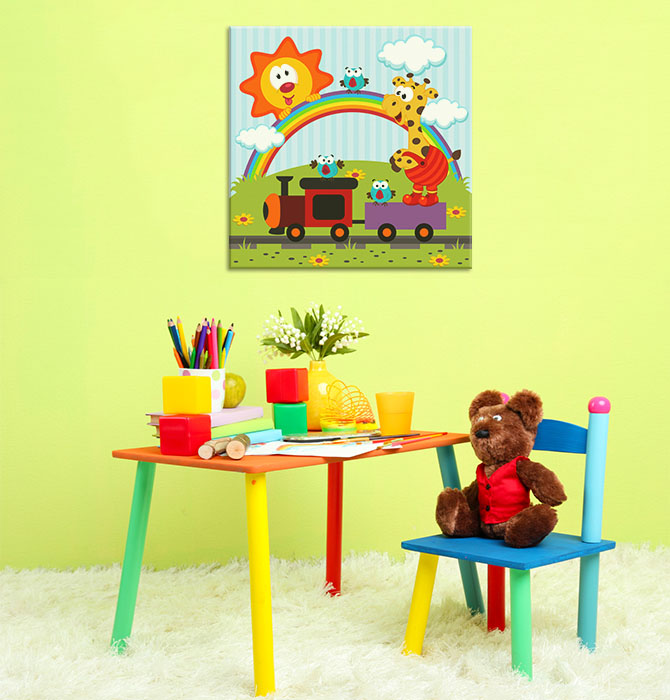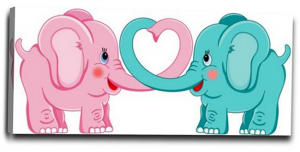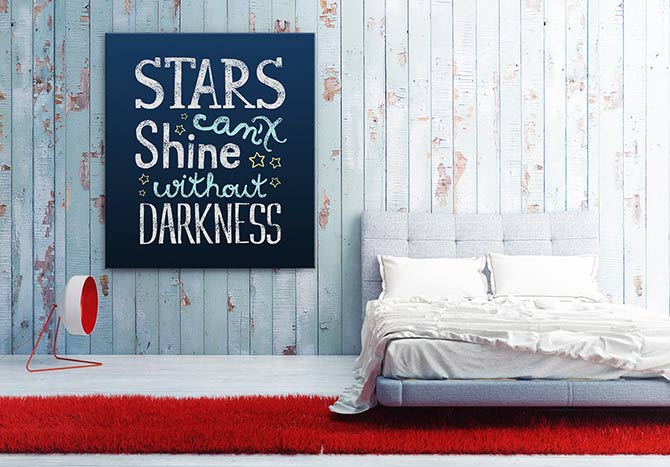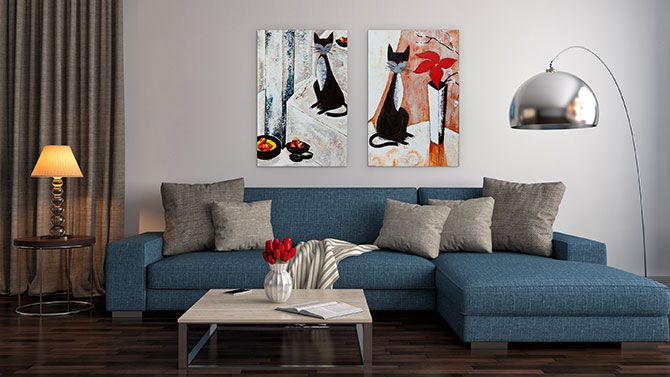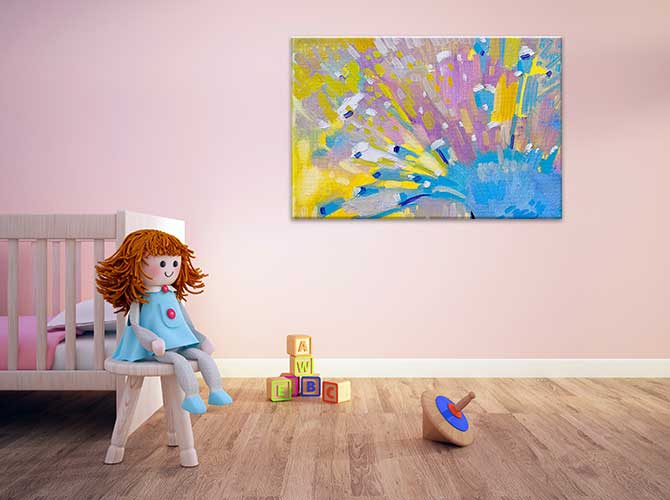Do baby boys really prefer blue and baby girls prefer pink? Well, despite our predilection to decorate our baby room interiors according the sex of our baby (should we choose to know the sex of our baby prior to birth), apparently not.
For centuries all children up to age of six wore white dresses. It was more practical. If your child got his or her outfit dirty through play or soiled by exploding nappy – which is basically a daily occurrence no matter which century you live in – it was much easier to wash with bleach.
In 1918, respected USA women’s magazine the Ladies’ Home Journal wrote:
“The generally accepted rule is pink for the boys, and blue for the girls. The reason is that pink, being a more decided and stronger color, is more suitable for the boy, while blue, which is more delicate and dainty, is prettier for the girl.”
Let’s see how this look might be achieved in a 21st Century baby’s room. Some of these nursery room ideas break boundaries, but most make a lot of sense with a little background and understanding.
A pink colour scheme for boys doesn’t mean making it all about pastels and princesses. It’s simply about making it a bright and happy place to be. Nurturing a love of animals is a great way to bridge the gender divide, so these pink and blue owl wall art prints are ideal pieces your child will grow up to love and treasure.
Interestingly, it turns out boy and girls under the age of two like pink equally. A Cambridge University study concluded that if you ask children under the age of two, they have no colour preference, with both sexes preferring pinker tones and both also preferring rounder shapes. (Polly Curtis, The Guardian).
So if you love pink, you can go crazy with the colour as your baby boy will like it just as much as your baby girl. The added bonus with choosing this style of décor is that you don’t need to know the sex of your baby before decorating the baby room!
If you love pink, this gorgeous elephant print will fit the bill.
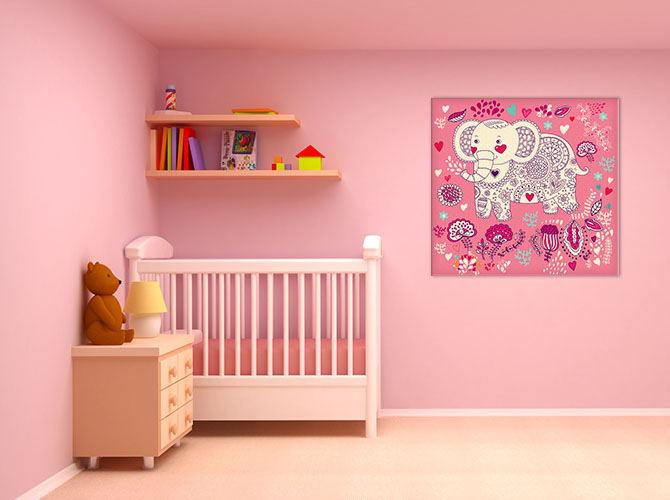
NO MORE GUESS WORK: This gorgeous elephant wall art print is great for girls and boys as they both like pink.
That all said, if you really want to please bub rather than yourself, bright colours are the way to go. The reason children love bright colours is because their eyes are not fully developed yet. (Rachel Pancare, eHow)
“They can actually perceive these colors better than fainter shades. Bright colors and contrasting colors are more likely to stand out in their field of vision. As children constantly strive to make sense of their environments, objects that are stark and bright are more stimulating and interesting,” she says.
The toy, food and drinks industry certainly has this side of things sussed with bright colours abound in their products, logos and marketing materials.
Rather than light shades of pink and neutral shades like beige, colours that appeal to children include primary colours – red, yellow and blue – as well as secondary colours – green, orange and purple.
Below is an example of how brights can be achieved through interior décor.
If you check out our collection of nursery room wall art prints, you’ll see bright colours abound in all seven categories: Owls, Elephants, Teddy Bears, Balloons, Rainbows, Happy Critters, Alphabet and Numbers.
If you have a friend who would balk at the idea of bending the gender stereotype, never fear, we do have some traditional options. This pink and blue elephant, right, will certainly please.
At the end of the day, you are the one who’ll be spending the most time in the nursery so, if you’re not a pink, blue or brights fan, there’s no need to forget about yourself and what you would love to be surrounded by.
Here’s something that will surely cheer you up in the wee hours of the morning.
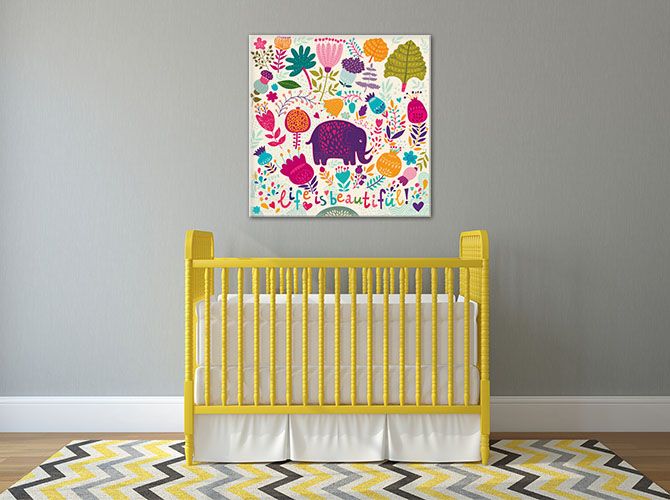
SOMETHING FOR YOU: There’s no harm in thinking of yourself, so if you love this wall art print for your baby’s nursery more than something pink, blue or bright, go for it.
I might wear my pink Speedo. I think I should.
– Ryan Lochte (11-time Olympic medalist)

